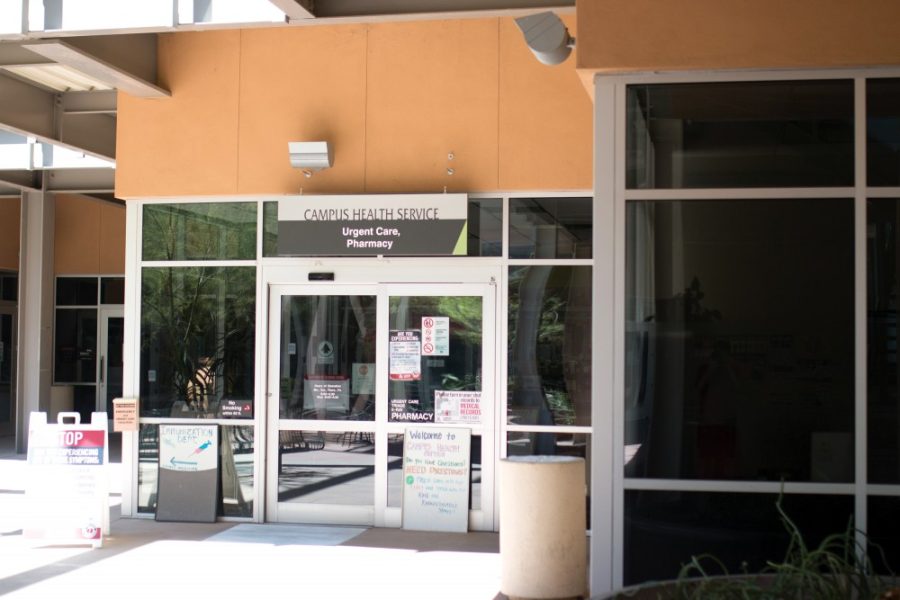As the student population changes at the UA, the statistics representing Wildcat sexual activity change as well.
According to Lee Ann Hamilton, assistant director of Health Promotion and Preventative Services, Campus Health Services asked 1,946 random undergraduates in the spring to answer an overall health survey that included questions regarding sexual activity, as well as alcohol and drug use.
Slight changes were reported from this year’s survey. In the 2014-2015 survey, also conducted in the spring, the average age for first sexual encounters was recorded at 16.7. This year’s survey reflected a smaller number, declining to 16.1.
When asked about engaging in vaginal or anal intercourse, 74 percent of students reported having either one or zero partners within the past year, according to the survey.
Hamilton explained the negative correlation between sexual intercourse and student population at the UA.
“What we get out of this is confirmation that, yes, there are some students that are sexually active,” Hamilton said. “However, the majority of students have either not been with anyone or just one person within the last year. There really is an over-perception of how much sexual activity happens on campus.”
Chlamydia, gonorrhea and herpes, also known as sexually transmitted diseases, continue to be the three main infections to avoid if you are involved in sexual relationships at the UA.
Even though cases of gonorrhea have slightly increased, overall numbers have not fluctuated much.
Another statistic, according to the survey, reported that even while 68 percent of the surveyed population admits to regular use of condoms, one out of two individuals will contract an STD before the age of 25.
However, the number of STD cases on campus are calculated by students who choose to get tested. With only about 28 percent of the student population going in for a regular check up, it is difficult to get the full picture of how many people might actually be infected.
Connor Linko, a criminal justice freshman at the UA, gives his opinion on the current statistics given by Campus Health.
“It’s kind of scary,” Linko said. “I think that people should probably be more protective about sex.”
Regarding testing, Hamilton alluded to the idea of wishful thinking that many students take to when choosing not to get tested.
While people might continue to remain symptomless, many STDs may still remain dormant in the body. This is when many students fail to realize the importance of condom use. The best advice that Hamilton can give is urging students to get tested when they can, or if not, at least wear a condom.
“It is the frequent flyer that I worry about, those that don’t use protection,” Hamilton said. “I always tell students to put a condom on it. For some people, it really comes down to wishful thinking. Hope is not a good method for prevention. If people think they have something, get tested.”
Follow Lauren Renteria on Twitter.









